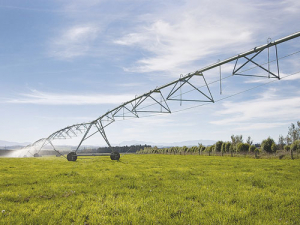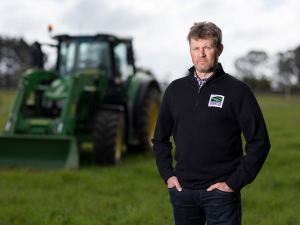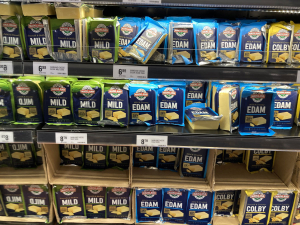Apart from size, both devices plug into electricity, so both need a chain of paperwork to certify they are electrically safe.
This has been a grey area for the manufacturers, importers and installers of irrigation equipment, and the electricians who hook them up, for a long time.
Lucky then, says hazardous area auditor and qualified electrical inspector Garry House, that no-one has been killed by an electric shock from a centre-pivot or other irrigator.
House has helped IrrigationNZ resolve a potentially tricky health and safety issue for farmers in the event of an accident.
Irrigators are assembled in the field then handed over to electricians who plug them into a power source, usually a 400V line. The electricians sign off the work, though much of it has been done by the irrigation company’s installation team.
House says the field assembly is considered to be part of the manufacturing process and those installing it now need documentation -- known in the electrical industry as a Statutory Declaration of Conformity -- to support the ‘safety chain’. Irrigation companies must get the document for each brand and model of irrigator they sell.
The cost for this safety ‘tick’ is about $8000 per model, but it is a one-off and the paperwork is allowed to be applied to identical models already sold or sold in the future.
House says farmers and electricians should ask their irrigation company for paperwork as part of their health and safety commitments.
“It is best to have some sort of paperwork before the fact than struggle after it. Even if WorkSafe questioned it, everyone has taken reasonable practicable steps to ensure safety. If you have nothing you can’t defend anything.”
There is little evidence of irrigation suppliers having been negligent but the loophole needed closing. “The outcome here is safety,” House says.
Master Electrician and ElectraServe director Graeme Church says the issue had been a grey area for 15 years but a statutory declaration of conformity was important in the chain of safety and responsibility. The industry had grown so quickly there had been little time for paperwork to catch up, he said.
“It has been a big worry for years because non-qualified people assemble them on the farms and have to wire up motors and sensors. Electricians are connecting machines wired up by non-qualified people following diagrams. We don’t know how competent those people are.”
Church says electricians had encountered faulty wiring capable of giving a serious electric shock. With new health and safety rules requiring onfarm hazards to be managed, it is important farmers are up to speed.
He says hundreds of irrigators are being imported and farmers should be asking their installers for paperwork when the machines’ assembly.
Electricians should also be asking to see the paperwork before issuing a certificate of compliance.
Church said irrigators should get their power via a residual current device and be routinely tested and tagged.
Peter Stent, who worked for House in the past 12 months reviewing the compliance requirements, said the major players in the industry are on board and able to produce the required paperwork on demand. But some smaller operators or ‘fly by nighters’ have been leaving clients and electricians at risk of punishment in the event of an incident, he says.
• This article was sourced from Irrigation NZ News spring 2017 edition.









